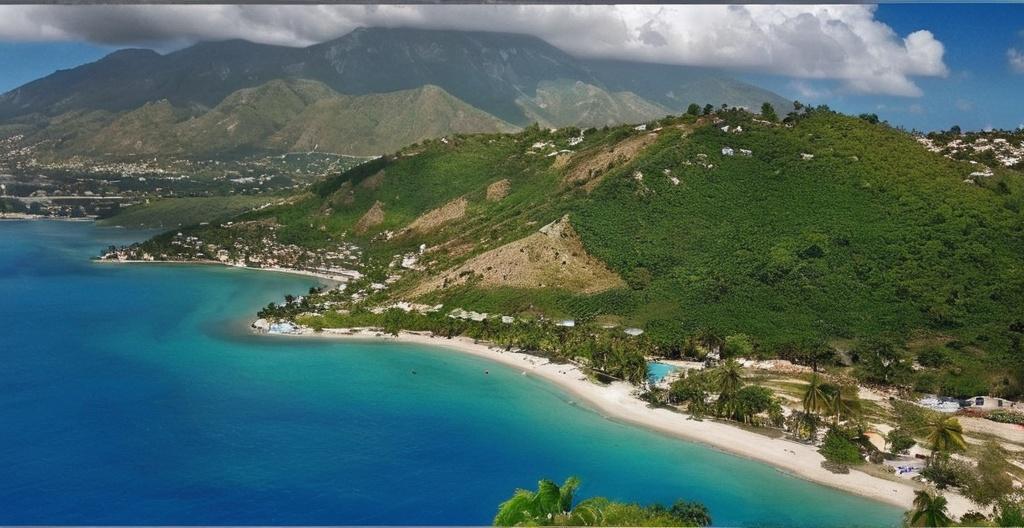Key Take Aways About Explore Sans-Souci Palace
- Sans-Souci Palace is a historic site in northern Haiti, near Cap-Haïtien, linked to King Henri Christophe.
- Often called the “Versailles of the Caribbean”, it highlights Haiti’s historical and architectural heritage.
- Constructed between 1810-1813, showcasing European architecture blended with Caribbean artistry.
- Visitors experience an adventurous hike from Milot and colorful local guides share unique narratives.
- Locals see the palace as a symbol of resilience and cultural heritage.
- Efforts focus on its preservation and educational value despite past natural disasters.

Introduction to Sans-Souci Palace
Sans-Souci Palace, not to be confused with a daydream retreat in some far-off land, is situated in northern Haiti near Cap-Haïtien. Its intriguing history, majestic ruins, and association with King Henri Christophe make it a staple for any travel itinerary focusing on Haiti’s historical treasures. Often dubbed the “Versailles of the Caribbean”, this palace speaks volumes of Haiti’s past boom and bust. It’s like peeling back the layers of a time long forgotten and rewritten in the language of stones and ruins.
The Historical Significance
Before earthquakes came knocking on its door, Sans-Souci stood as the royal residence of King Henri I, a leader whose life reads more dramatically than any Hollywood script. Built between 1810 and 1813 and inaugurated with all the pomp you’d expect of royal digs, this was the epicenter of Haiti’s brief monarchy. It’s said Henri Christophe’s ambition wasn’t just to create a country, but a legacy. Sans-Souci was to be his crown jewel, reflecting a kingdom’s grandeur juxtaposed against the backdrop of a newly independent nation.
The Architecture
Sans-Souci Palace offers a glimpse into a world where European architectural influence met Caribbean creativity. The structure, once lush with Italian-style gardens and ornate fountains, sprawls across a hill like an elaborate stone puzzle, its pieces scattered by time. The layout includes a main palace, queen’s quarters, barracks, and even a church. It’s a mix of elegance and rustic charm, like an old-world chessboard that’s missing a few pieces, yet still tells a compelling story.
Making the Journey
Hiking to the palace adds an adventure twist to your historical tour. From Cap-Haïtien, the town of Milot serves as the gateway. Be prepared for an uphill climb—it’s less about donning a tuxedo, more about wielding a sturdy pair of hiking boots. Guides are available and offer colorful narratives that beat anything you’ll find in a guidebook, peppered with jokes that will make you wonder if they moonlight as comedians.
Visitor Experience
When you visit, it’s not just about point-and-shoot photography. Standing amidst the ruins, every archway and stairwell seems to whisper tales of the past. Henri Christophe’s spirit looms, a reminder of his fierce pride and tragic fall. Some visitors say you get a sense of both triumph and tragedy in the air, like you’re reading a history book with no definitive last page.
Locals’ Perspective
Talking to the locals, you get a sense of pride mixed with a dash of Caribbean nonchalance. For them, the palace isn’t just a tourist destination. It’s a symbol of resilience and cultural heritage. You’ll find giggles and nods when discussing the palace’s history, as if sharing a trade secret that history books missed.
Preservation Efforts
Sans-Souci’s current state owes much to ongoing preservation efforts. Despite the ravages of natural disasters, initiatives aimed at restoring the site continue to gather support. While restoring the palace to its former glory would be like trying to catch smoke with your bare hands, the focus is on preservation and education. It’s like maintaining an old war veteran’s medals, gritty and worn, yet irreplaceable in value.
Conclusion
Sans-Souci Palace might be a shadow of its former self, but its history whispers loudly enough for anyone willing to listen. For those interested in the complex history of Haiti, this historic site is well worth exploring. The journey is not just about seeing a place but feeling its pulse and understanding its role in shaping a young nation out of the ashes of colonial rule. Walking through the ruins, it’s hard not to feel a sense of awe tinged with melancholy—a testament to the eternal dance between ambition and fate.
